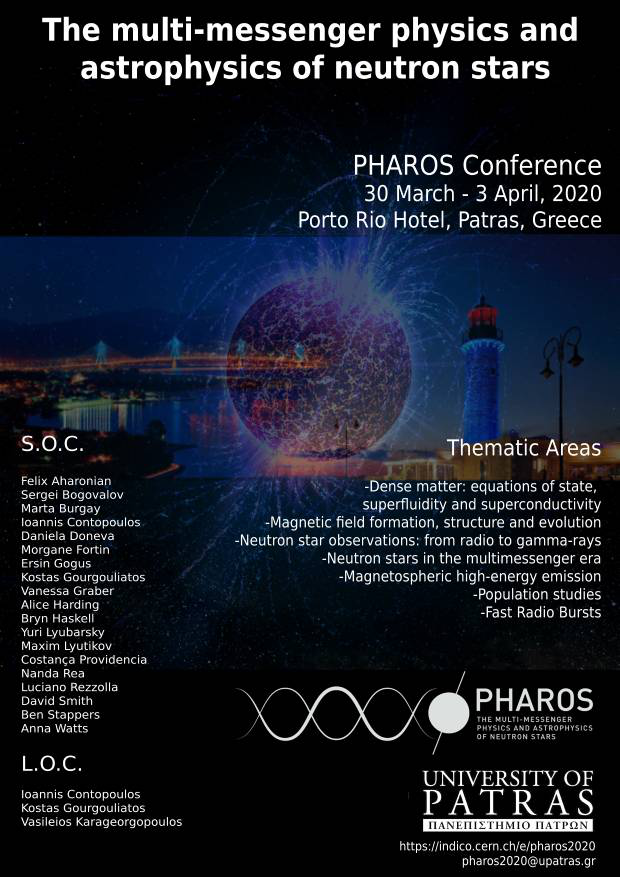Speaker
Description
Complex distortions of polarization angle curve in radio pulsars are mainly caused by superposition of radiation in two orthogonal polarization modes. The resulting polarization depends on several factors, such as the relative amount of the modes, their ellipticity, the statistical spread of their polarization state and on how precisely the modes are orthogonal. Moreover, the observed polarization depends on whether the modes are superposed coherently or incoherently. I have modelled selected complex polarization effects to determine the type of observed mode superposition (coherent vs incoherent). In particular, I will explain how it is possible to have orthogonal polarization mode transitions without large change in the magnitude of circular polarization, as observed for several pulsars, including B0031-07.

